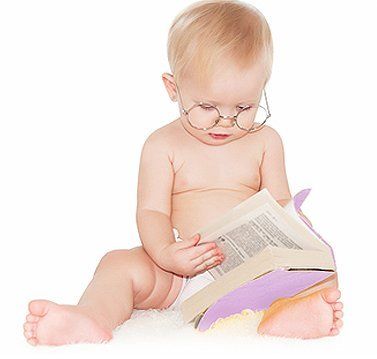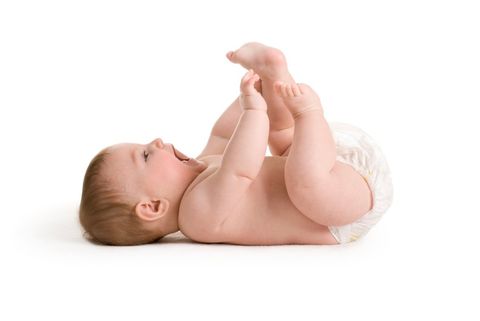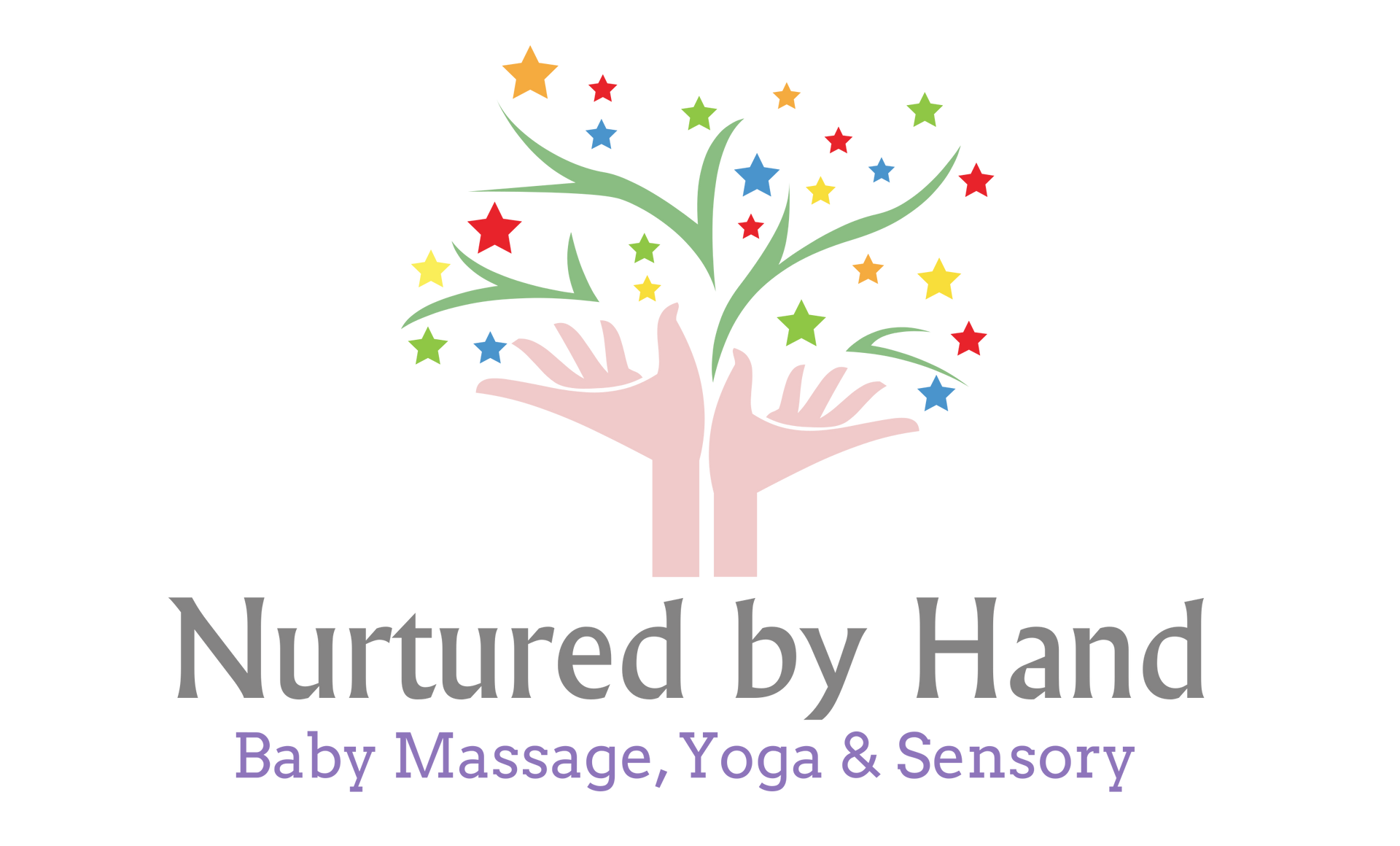How it all began ...

Massage
In many cultures, the practice of massaging babies is an art passed down from generation to generation. Historians have found evidence of baby massage dating back over 3000 years and in regions as diverse as India, Africa, Asia, New Zealand and the Caribbean. Even today in these countries infant massage is still considered a routine part of childcare, from the moment of birth until the baby is weaned and walking.
However, this ancient art has only recently been identified by western practitioners as both a beneficial and important part of the daily care routine. The idea of baby massage was first introduced in the U.S.A. during the mid to late 1970’s at a time when the idea of touch therapy and the massaging of children and babies was unheard of. Two decades later, in 1993, the Touch Research Institute at the University of Miami School of Medicine studied mothers in Calcutta performing traditional Indian massage on their newborn babies. They noted that the daily massage was quite vigorous and that afterwards, once swaddled, the babies slept soundly. Further research found that in other countries, baby massage was performed daily after the child’s evening bath and the results were the same - content, sleeping infants.
Since the mid to late 1990’s baby massage has become very popular in the UK, with more emphasis placed on physical bonding and attachment between the parent and the baby. More and more professionals are now realising the importance of baby massage and are encouraging parents to make baby massage a daily part of their routine.
Through the work of baby massage pioneers such as Vimala McClure and Peter Walker, infant massage is now emerging as ‘the’ must do activity and is helping thousands of parents bond with their babies and provide the best possible start in life both physically and emotionally.
Yoga
You may already have an idea of what yoga is, but to understand it better, it is important to know what it has become as well as its roots and beginnings. Although yoga is said to be as old as civilization, there is no physical evidence to support this claim. Earliest archaeological evidence of yoga's existence is found in stone seals which depict figures in yoga poses.
The stone seals places yoga's existence to around 3000 B.C.
Scholars, however, have a reason to believe that yoga existed long before that and traced its beginnings in Stone Age Shamanism. Both Shamanism and yoga have similar characteristics, particularly in their efforts to improve the human condition at that time.
The exact origins of baby yoga are not certain. Certainly it has been practiced in India for hundreds of years, but it is not clear whether it began as a separate discipline to adult yoga or whether it originated from instinctive movements which mothers practiced with their babies after birth. Today, even in the West, yoga is not just practiced and available for adults. The routines and postures have become adapted for young children and babies.
Baby Massage
In many cultures, the practice of massaging babies is an art passed down from generation to generation. Historians have found evidence of baby massage dating back over 3000 years and in regions as diverse as India, Africa, Asia, New Zealand and the Caribbean. Even today in these countries infant massage is still considered a routine part of childcare, from the moment of birth until the baby is weaned and walking.
However, this ancient art has only recently been identified by western practitioners as both a beneficial and important part of the daily care routine. The idea of baby massage was first introduced in the U.S.A. during the mid to late 1970’s at a time when the idea of touch therapy and the massaging of children and babies was unheard of. Two decades later, in 1993, the Touch Research Institute at the University of Miami School of Medicine studied mothers in Calcutta performing traditional Indian massage on their newborn babies. They noted that the daily massage was quite vigorous and that afterwards, once swaddled, the babies slept soundly. Further research found that in other countries, baby massage was performed daily after the child’s evening bath and the results were the same - content, sleeping infants.
Since the mid to late 1990’s baby massage has become very popular in the UK, with more emphasis placed on physical bonding and attachment between the parent and the baby. More and more professionals are now realising the importance of baby massage and are encouraging parents to make baby massage a daily part of their routine.
Through the work of baby massage pioneers such as Vimala McClure and Peter Walker, infant massage is now emerging as ‘the’ must do activity and is helping thousands of parents bond with their babies and provide the best possible start in life both physically and emotionally.New paragraph
Baby Yoga
You may already have an idea of what yoga is, but to understand it better, it is important to know what it has become as well as its roots and beginnings. Although yoga is said to be as old as civilization, there is no physical evidence to support this claim. Earliest archaeological evidence of yoga's existence is found in stone seals which depict figures in yoga poses.
The stone seals places yoga's existence to around 3000 B.C.
Scholars, however, have a reason to believe that yoga existed long before that and traced its beginnings in Stone Age Shamanism. Both Shamanism and yoga have similar characteristics, particularly in their efforts to improve the human condition at that time.
The exact origins of baby yoga are not certain. Certainly it has been practiced in India for hundreds of years, but it is not clear whether it began as a separate discipline to adult yoga or whether it originated from instinctive movements which mothers practiced with their babies after birth. Today, even in the West, yoga is not just practiced and available for adults. The routines and postures have become adapted for young children and babies.

